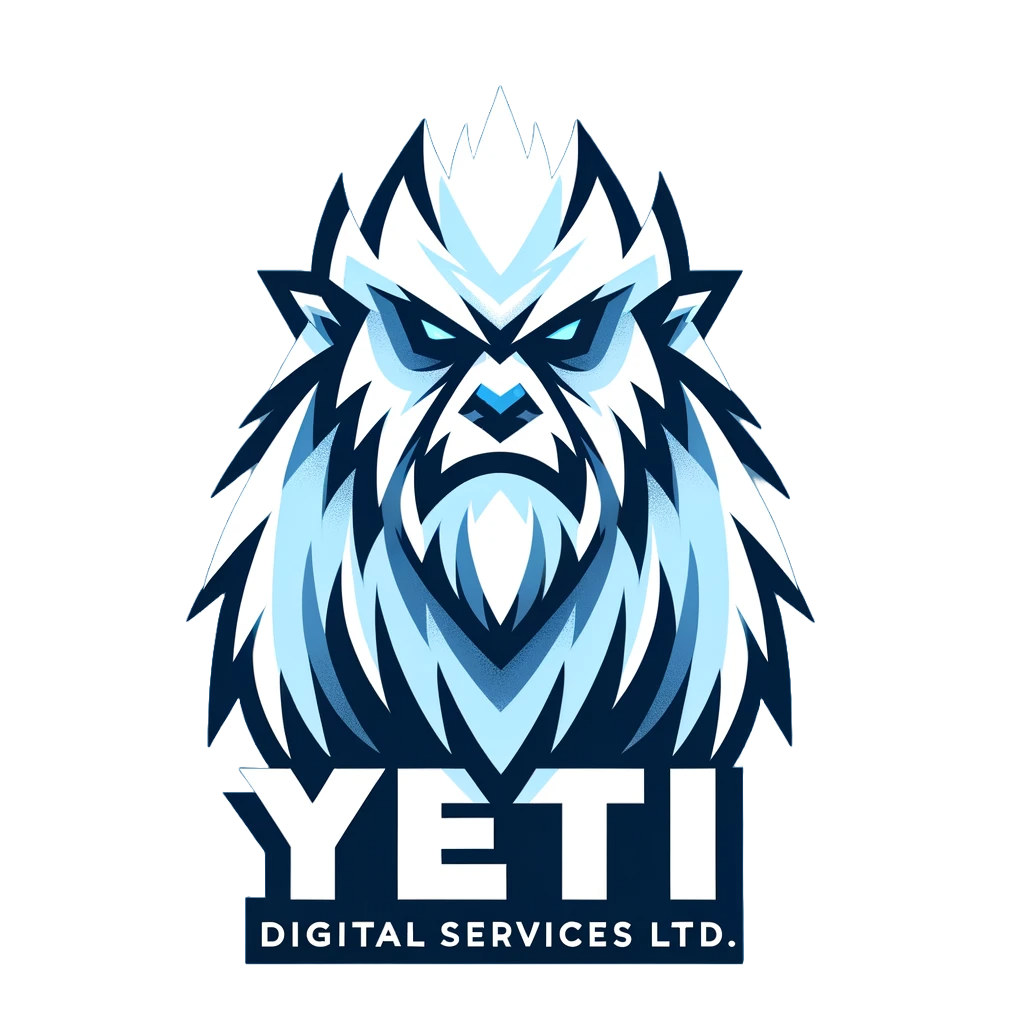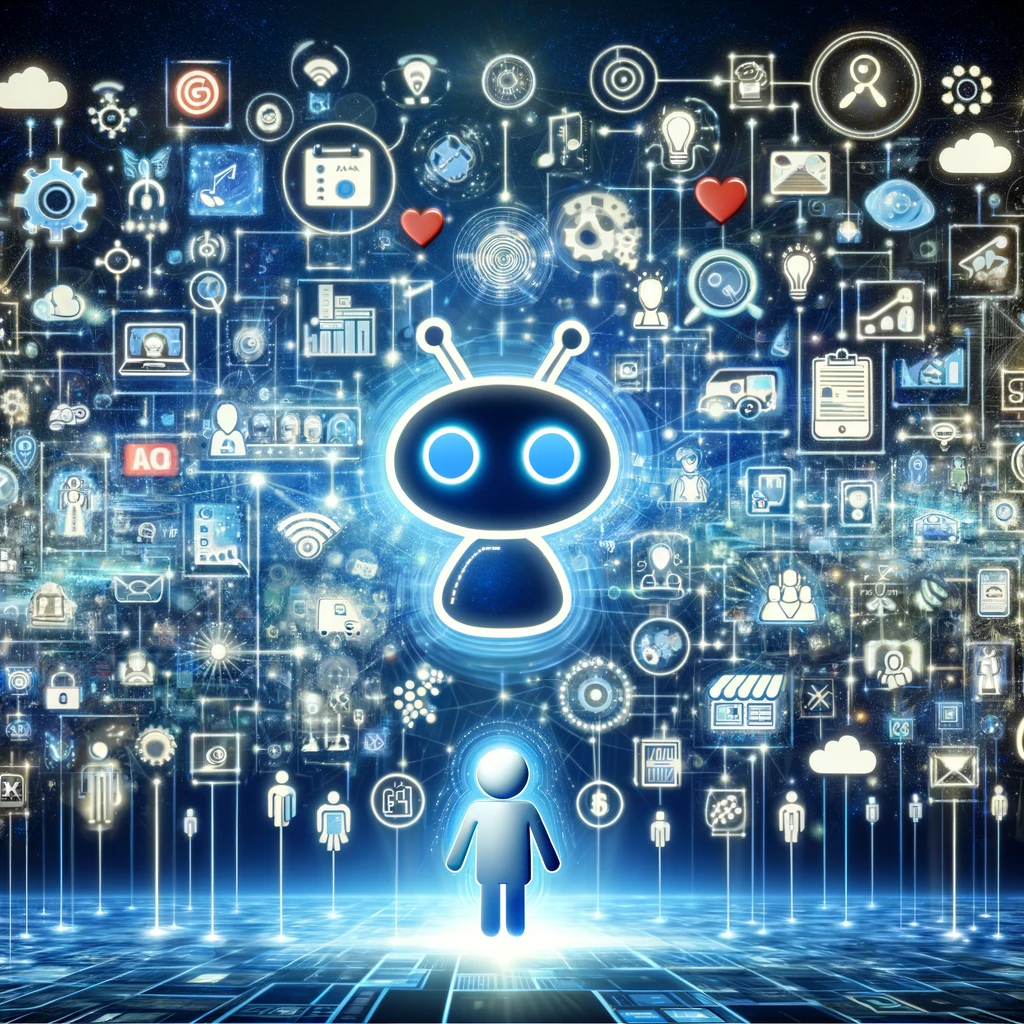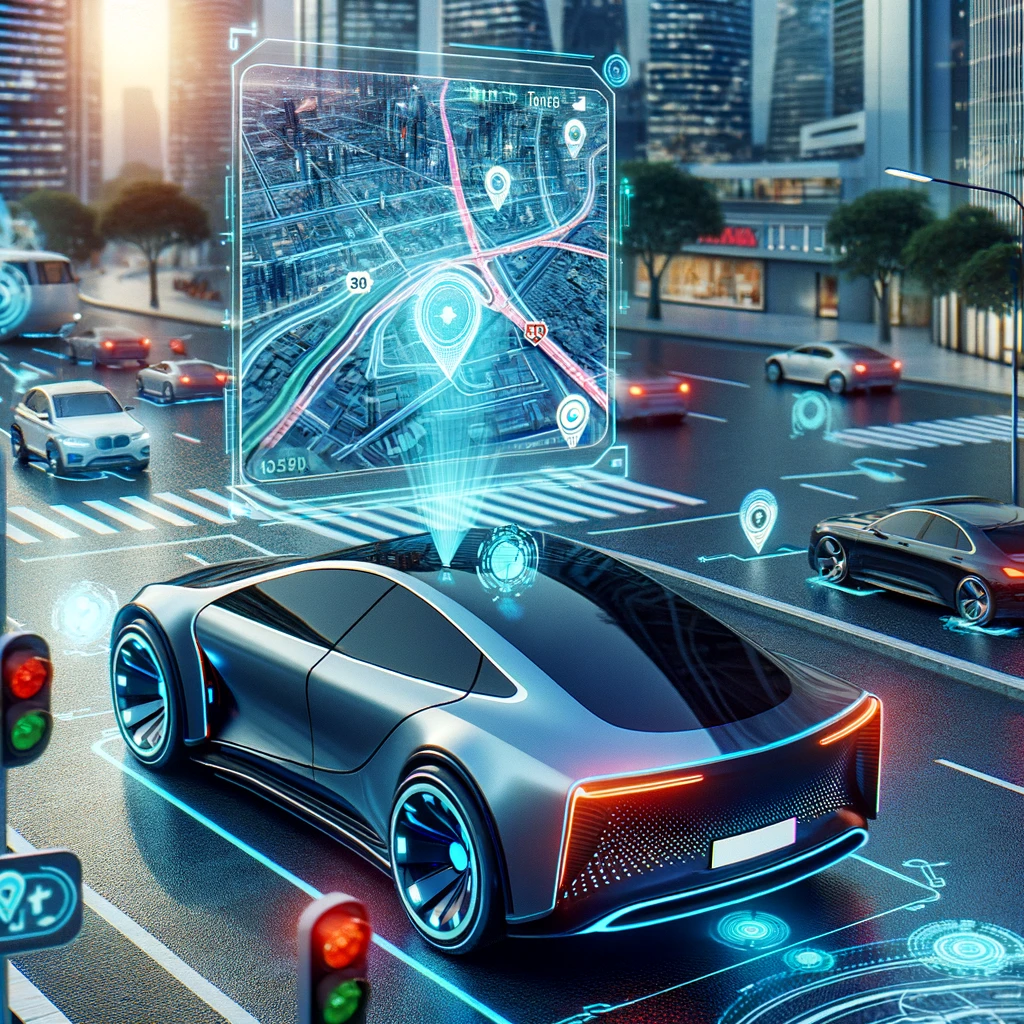Table of Contents
ToggleIntroduction
In today’s digital landscape, where customer experience is a critical factor for business success, the convenience of AI chatbots is a game-changer. Companies are increasingly turning to these virtual assistants to enhance customer interaction and provide superior support. These intelligent bots, powered by natural language processing and machine learning, can engage in human-like conversations, understand customer inquiries, and deliver instant, personalized responses 24/7, relieving businesses from the pressure of round-the-clock customer service.
This article delves into the transformative potential of AI chatbots and their impact on customer interaction. We will discuss the benefits of implementing these bots, showcase real-world examples of successful chatbot deployments, and provide insights into the future of this inspiring technology. Whether you are a business owner or a customer service professional, this article will help you understand how AI chatbots are reshaping customer interaction in the digital age, inspiring you to leverage this technology for your business.
The growing importance of customer experience
In the fiercely competitive contemporary business arena, customer experience has emerged as a make-or-break factor for companies. With the surge of digital channels and the escalating expectations of tech-savvy consumers, businesses must make delivering exceptional customer experiences a top priority to stay relevant and profitable.
Here are some key reasons why customer experience has become more important than ever:
Differentiation: In markets where products and services are increasingly commoditized, customer experience serves as a key differentiator. Brands that consistently deliver positive, memorable experiences are more likely to stand out from their competitors and foster loyal customers.
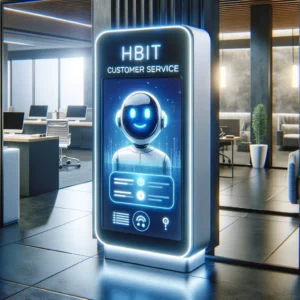 Customer loyalty: A great customer experience is essential for building long-term customer relationships. When customers feel valued, understood, and well-served, they are more likely to remain loyal to a brand, make repeat purchases, and recommend the company to others.
Customer loyalty: A great customer experience is essential for building long-term customer relationships. When customers feel valued, understood, and well-served, they are more likely to remain loyal to a brand, make repeat purchases, and recommend the company to others.
Increased revenue: Studies have shown that companies with strong customer experience strategies tend to outperform their peers financially. Satisfied customers are more likely to spend more, have a higher lifetime value, and contribute to a company’s growth and profitability.
Competitive advantage: As customer experience becomes a top priority for businesses across industries, those who excel in this area gain a significant competitive advantage. By consistently meeting and exceeding customer expectations, companies can attract new customers, retain existing ones, and gain market share.
Word-of-mouth marketing: In the age of social media and online reviews, customer experiences can quickly go viral. Positive experiences can lead to valuable word-of-mouth marketing, with satisfied customers acting as brand advocates and influencing the purchasing decisions of their peers.
Business insights: Focusing on customer experience allows companies to gather valuable insights into customer preferences, pain points, and behavior. These insights can inform product development, service improvements, and overall business strategy, leading to better-informed decision-making and increased customer-centricity.
As the business landscape continues to evolve, the importance of customer experience will only continue to grow. Companies that prioritize customer experience and adopt innovative solutions like AI chatbots will be well-positioned to thrive in the face of increasing competition and changing customer expectations.
The rise of AI chatbots in customer service
The rise of AI chatbots in customer service has been driven by the need for businesses to provide 24/7 support, handle high volumes of inquiries, and improve customer satisfaction while reducing costs and increasing efficiency. As customers increasingly expect instant, personalized assistance across multiple channels, AI chatbots have emerged as a powerful tool for meeting these demands and transforming the customer service landscape.
A brief overview of the article’s main points
This article explores how AI chatbots enhance customer interaction by providing 24/7 support, instant responses, and personalized experiences. It covers the benefits of AI chatbots, their implementation process, real-world examples, and future trends. The article also addresses common questions and concerns surrounding AI chatbots in customer service.
Understanding AI Chatbots
AI chatbots are computer programs that utilize artificial intelligence, natural language processing  (NLP), and machine learning algorithms to simulate human-like conversations with users. They can interpret and respond to user inquiries, provide information, and assist with various tasks. AI chatbots continuously learn and improve their responses based on user interactions, allowing them to deliver more accurate and personalized experiences over time.
(NLP), and machine learning algorithms to simulate human-like conversations with users. They can interpret and respond to user inquiries, provide information, and assist with various tasks. AI chatbots continuously learn and improve their responses based on user interactions, allowing them to deliver more accurate and personalized experiences over time.
What are AI chatbots?
AI chatbots are sophisticated computer programs that simulate human-like conversations with users. They leverage artificial intelligence technologies, such as natural language processing, machine learning, and deep learning, to understand user inquiries, provide relevant information, and assist with various tasks. AI chatbots can engage in contextual conversations, learn from user interactions, and continuously improve their responses to deliver more accurate and personalized experiences. They are increasingly being adopted by businesses to provide 24/7 customer support, streamline processes, and enhance the overall customer experience.
How do they work?
AI chatbots work by utilizing natural language processing (NLP) to understand user inputs, machine learning to interpret context and intent, and deep learning to generate appropriate responses. They are trained on vast amounts of data to recognize patterns, understand user queries, and provide accurate information. AI chatbots can also integrate with other systems to retrieve data and perform actions based on user requests.
Key features of AI chatbots
Natural language processing: AI chatbots can understand and interpret human language, allowing for more natural and intuitive conversations.
Machine learning: They continuously learn from user interactions to improve their responses and provide more accurate information over time.
Personalization: AI chatbots can tailor their responses based on user preferences, history, and context.
24/7 availability: They can provide round-the-clock assistance, ensuring customers can get help whenever they need it.
 Multi-channel support: AI chatbots can be integrated across various communication channels, such as websites, mobile apps, and messaging platforms.
Multi-channel support: AI chatbots can be integrated across various communication channels, such as websites, mobile apps, and messaging platforms.
Scalability: They can handle a high volume of inquiries simultaneously, making them ideal for businesses with a large customer base.
Benefits of Implementing AI Chatbots
24/7 Availability
One of the most significant advantages of AI chatbots is their ability to provide round-the-clock assistance to customers. Unlike human agents who work in shifts, AI chatbots can operate continuously without breaks or downtime. This means that customers can access support services at any time, regardless of their location or time zone. The 24/7 availability of AI chatbots is particularly beneficial for businesses with a global customer base or those operating in industries where customers may require assistance outside of regular business hours, such as e-commerce or financial services. By ensuring that customers can always reach out for help, AI chatbots can significantly improve customer satisfaction and loyalty.
Instant responses and reduced wait times
AI chatbots can provide immediate responses to customer inquiries, eliminating the need for customers to wait on hold or for an email reply. This is a significant improvement over traditional customer service methods, where customers often have to endure long wait times or delays in receiving a response.
By delivering instant answers, AI chatbots can help reduce customer frustration and improve overall satisfaction. Moreover, since AI chatbots can handle multiple conversations simultaneously, they can significantly reduce wait times even during peak hours or when dealing with a high volume of inquiries. This not only enhances the customer experience but also frees up human agents to focus on more complex issues that require a personal touch.
Handling multiple customer inquiries simultaneously
AI chatbots can handle a large number of customer inquiries concurrently without compromising on the quality of service provided. Unlike human agents who can only focus on one conversation at a time, 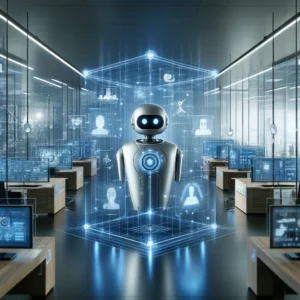 AI chatbots can engage in multiple conversations simultaneously, ensuring that each customer receives prompt attention.
AI chatbots can engage in multiple conversations simultaneously, ensuring that each customer receives prompt attention.
This scalability is particularly valuable for businesses experiencing high volumes of customer inquiries, such as during peak seasons or following a product launch. By efficiently managing multiple conversations, AI chatbots can significantly reduce customer wait times and improve overall response rates. Additionally, the ability to handle a high volume of inquiries allows businesses to provide consistent service quality, even as their customer base grows, without needing to proportionately increase their customer service staff.
Personalized customer interactions
AI chatbots can deliver personalized experiences by leveraging user data, preferences, and interaction history. By analyzing this information, chatbots can tailor their responses, recommendations, and offerings to each individual customer. This level of personalization helps create a more engaging and satisfying customer experience, as users feel that their specific needs and interests are being addressed. AI chatbots can also remember previous conversations, allowing them to provide context-aware assistance and pick up where they left off, further enhancing the sense of personalized interaction.
Cost-effectiveness compared to human support
Implementing AI chatbots can be a cost-effective solution for businesses compared to relying solely on human support. While there are initial costs associated with developing and deploying a chatbot, the long-term savings can be significant. AI chatbots can handle a high volume of inquiries without the need for additional staff, reducing labor costs associated with hiring, training, and maintaining a large customer service team.
Moreover, chatbots can operate 24/7 without incurring overtime or shift-based pay, further reducing operational costs. In contrast, providing round-the-clock human support can be expensive, especially for businesses with a global presence or extended hours of operation. Additionally, AI chatbots can help streamline processes and automate routine tasks, allowing human agents to focus on more complex issues that require empathy and critical thinking. This optimization of human resources can lead to improved efficiency and cost savings for the organization.
AI Chatbot Services and Development
Types of AI chatbot services
There are several types of AI chatbot services available, each designed to cater to specific business needs and use cases. Some common types include:
Customer Service Chatbots: These chatbots are designed to handle customer inquiries, provide information, and assist with troubleshooting. They can be integrated into websites, mobile apps, or messaging platforms to provide 24/7 support.
Sales and Marketing Chatbots: These chatbots are used to engage with potential customers, provide product recommendations, and guide them through the sales process. They can help qualify leads, answer questions, and even facilitate transactions.
HR and Employee Support Chatbots: These chatbots assist employees with HR-related queries, such as benefits information, leave requests, and company policies. They can also be used for onboarding new hires and providing training materials.
Virtual Assistants: These chatbots act as personal assistants, helping users with tasks such as scheduling appointments, setting reminders, and providing information on various topics.
Industry-Specific Chatbots: Some chatbots are designed to serve specific industries, such as healthcare, banking, or travel. These chatbots have specialized knowledge and can provide targeted assistance based on each industry’s unique needs.
Chatbot development process
Define Objectives: Identify the specific goals and use cases for the chatbot, understanding the target audience and their needs.
 Design Conversation Flow: Create a logical structure for the conversation, anticipating user questions and determining appropriate responses.
Design Conversation Flow: Create a logical structure for the conversation, anticipating user questions and determining appropriate responses.
Gather and Prepare Data: Collect and organize relevant data, such as customer interactions and FAQs, to train the chatbot’s language models.
Choose a Platform: Select a chatbot development platform based on desired functionality, integration requirements, and technical expertise.
Train the Chatbot: Use machine learning algorithms and natural language processing techniques to train the chatbot to understand user inputs and generate appropriate responses.
Test and Refine: Conduct thorough testing, gather user feedback, and refine the chatbot’s performance based on insights gained.
Deploy and Monitor: Launch the chatbot on desired platforms and continuously monitor its effectiveness, making updates as needed.
Iterate and Improve: Regularly analyze chatbot performance, user feedback, and new data to identify areas for improvement and implement updates to enhance the chatbot’s capabilities over time.
Integrating chatbots with existing systems
To maximize the effectiveness of AI chatbots, it’s crucial to integrate them with a company’s existing systems and tools. This integration allows chatbots to access relevant data, provide personalized responses, and streamline processes. For example, integrating a chatbot with a CRM system enables it to retrieve customer information, purchase history, and previous interactions, allowing for more contextual and efficient support.
Similarly, integrating chatbots with inventory management systems can facilitate product recommendations and availability checks. Other common integrations include ticketing systems, payment gateways, and analytics tools. By seamlessly connecting with existing infrastructure, chatbots can enhance the overall customer experience and provide a more comprehensive service.
Best practices for designing effective chatbots
Define clear goals and use cases for the chatbot to ensure it provides value to users.
Create a conversational flow that is intuitive, natural, and easy to navigate.
Use a friendly and engaging tone that aligns with your brand’s voice and target audience.
Provide concise and accurate responses, breaking down complex information into digestible chunks.
Anticipate and handle common user queries, as well as edge cases and errors gracefully.
Offer multiple ways for users to interact, such as buttons, quick replies, and free-form text.
Incorporate visual elements like images, videos, and emojis to enhance user engagement.
Ensure the chatbot is accessible and inclusive, catering to users with different needs and preferences.
Regularly monitor and analyze chatbot performance to identify areas for improvement and optimization.
Real-World Examples and Case Studies
Sephora’s chatbot on Kik increased in-store bookings by 11% and average spend by $50. (Source: Digiday, “How Sephora is leveraging AR and AI to transform retail and help customers buy cosmetics,” 2017)
H&M’s chatbot on Kik had a 21% click-through rate for suggested outfits, compared to 2-3% for email marketing. (Source: Mobile Marketer, “H&M’s chatbot hits 2.1M conversations in first 3 months,” 2018)
Lidl’s chatbot on Facebook Messenger achieved a 51% conversion rate for newsletter signups. (Source: Conversocial, “How Lidl increased its Facebook Messenger newsletter signups by 51% with a bot,” 2020)
Successful implementation of AI chatbots across industries
AI chatbots have been successfully implemented across various industries, demonstrating their versatility and effectiveness. In the banking sector, chatbots assist customers with account inquiries, 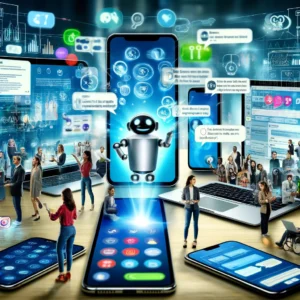 transactions, and financial advice. E-commerce businesses use chatbots to provide personalized product recommendations, handle customer service queries, and streamline the purchasing process. In healthcare, chatbots help with symptom assessment, appointment scheduling, and providing general health information. The travel industry employs chatbots to help users book flights and hotels and manage itineraries. In the education sector, chatbots serve as virtual tutors, assisting students with coursework and providing study resources. These examples showcase how AI chatbots can be tailored to meet the specific needs of different industries, improving customer experiences and operational efficiency across various sectors.
transactions, and financial advice. E-commerce businesses use chatbots to provide personalized product recommendations, handle customer service queries, and streamline the purchasing process. In healthcare, chatbots help with symptom assessment, appointment scheduling, and providing general health information. The travel industry employs chatbots to help users book flights and hotels and manage itineraries. In the education sector, chatbots serve as virtual tutors, assisting students with coursework and providing study resources. These examples showcase how AI chatbots can be tailored to meet the specific needs of different industries, improving customer experiences and operational efficiency across various sectors.
Measurable improvements in customer satisfaction and efficiency
The implementation of AI chatbots has led to significant improvements in customer satisfaction and operational efficiency across industries. By providing instant, 24/7 support, chatbots can reduce response times and resolve customer queries quickly, leading to higher satisfaction rates. A study by Juniper Research found that chatbots are expected to save businesses $8 billion per year by 2022 in customer support costs.
Additionally, chatbots can handle a high volume of inquiries simultaneously, freeing up human agents to focus on more complex issues. This results in improved efficiency and reduced wait times for customers. Chatbots can also gather valuable data on customer preferences and behavior, allowing businesses to optimize their products and services. Moreover, the consistent and accurate information provided by chatbots contributes to a more positive customer experience. These measurable improvements demonstrate the value of AI chatbots in enhancing customer satisfaction and streamlining business operations.
Lessons learned from chatbot deployments
As businesses increasingly adopt AI chatbots, several key lessons have emerged from their deployments. One crucial lesson is the importance of setting clear objectives and defining the chatbot’s scope to ensure it provides value to users. Chatbots should be designed with a user-centric approach, focusing on understanding and meeting customer needs effectively.
Another lesson is the significance of data quality and quantity in training chatbots. Adequate and diverse data is essential for building robust language models and improving the chatbot’s performance over time. Businesses have also learned the importance of seamless integration with existing systems to enable chatbots to provide personalized and context-aware responses. Continuous monitoring and optimization based on user feedback and performance metrics are crucial for refining the chatbot’s effectiveness. Additionally, businesses have realized the need for human oversight and escalation protocols to handle complex or sensitive queries that require human intervention. By applying these lessons, organizations can optimize their chatbot deployments and deliver more valuable experiences to their customers.
Future of AI Chatbots in Customer Interaction
As AI technology advances, chatbots are poised to become even more sophisticated and integral to customer interaction. With the integration of natural language processing and machine learning, 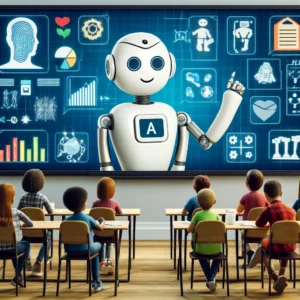 chatbots will be able to understand and respond to complex queries more effectively, providing human-like conversations. They will also be able to personalize interactions based on user preferences and past behavior, offering tailored recommendations and support.
chatbots will be able to understand and respond to complex queries more effectively, providing human-like conversations. They will also be able to personalize interactions based on user preferences and past behavior, offering tailored recommendations and support.
Additionally, chatbots will increasingly be integrated with other AI technologies, such as sentiment analysis and predictive analytics, to anticipate customer needs and proactively address issues. As customers grow more accustomed to interacting with chatbots, businesses will need to prioritize the development and deployment of these AI-powered tools to remain competitive and meet evolving customer expectations. The future of customer interaction lies in the seamless integration of AI chatbots, providing efficient, personalized, and engaging experiences for users.
Advancements in natural language processing and machine learning
Advancements in NLP and ML have transformed chatbots’ ability to understand and respond to human language. Deep learning models like BERT and GPT have improved context comprehension, ambiguity handling, and human-like response generation. Transfer learning techniques have reduced the need for extensive domain-specific training data. Sentiment analysis and emotion detection have enabled more empathetic responses, while reinforcement learning allows chatbots to continuously improve through user interactions. These advancements have greatly enhanced chatbots’ intelligence, efficiency, and user-friendliness.
Integration with other AI technologies (e.g., sentiment analysis, voice assistants)
Chatbots integrated with sentiment analysis can understand emotional tone and provide empathetic responses. Voice assistant integration makes chatbots more accessible through natural voice commands. Combining chatbots with computer vision and predictive analytics enables advanced use cases, such as visual product search and proactive recommendations. As AI evolves, chatbot integration possibilities will expand, leading to more sophisticated customer experiences.
Potential impact on the customer service landscape
The widespread adoption of AI chatbots is set to revolutionize the customer service landscape. As  chatbots become more sophisticated and capable of handling a wider range of queries, they will increasingly serve as the first line of customer support. This shift will allow human agents to focus on more complex and high-value interactions, improving overall efficiency and reducing response times. Chatbots’ 24/7 availability and ability to handle multiple conversations simultaneously will significantly enhance customer convenience and accessibility.
chatbots become more sophisticated and capable of handling a wider range of queries, they will increasingly serve as the first line of customer support. This shift will allow human agents to focus on more complex and high-value interactions, improving overall efficiency and reducing response times. Chatbots’ 24/7 availability and ability to handle multiple conversations simultaneously will significantly enhance customer convenience and accessibility.
The personalized and proactive support provided by chatbots will contribute to higher levels of customer satisfaction and loyalty. Moreover, the data gathered from chatbot interactions will provide valuable insights into customer preferences and behavior, enabling businesses to continuously improve their products and services. As customers grow accustomed to the speed and efficiency of chatbot support, their expectations for seamless and instant assistance will rise, pushing companies to invest further in AI-powered customer service solutions.
Frequently Asked Questions
Q: How do AI chatbots handle complex customer inquiries?
A: AI chatbots are designed to handle a wide range of customer inquiries, from simple to complex. They can be programmed with a vast knowledge base and use natural language processing to understand the context and intent of the customer’s question. If the chatbot encounters a particularly complex issue that it cannot resolve, it can seamlessly escalate the conversation to a human agent for further assistance.
Q: Can AI chatbots replace human customer service representatives entirely?
A: While AI chatbots can handle a significant portion of customer inquiries, they are not meant to replace human customer service representatives entirely. Chatbots are best used as a complementary tool to enhance the overall customer experience. Human agents will still be needed to handle more complex, sensitive, or critical issues that require empathy, creativity, and advanced problem-solving skills.
Q: How do businesses ensure the security and privacy of customer data when using AI chatbots?
A: Businesses implementing AI chatbots must prioritize the security and privacy of customer data. This includes employing secure data storage and transmission protocols, regularly updating security measures, and adhering to relevant data protection regulations such as GDPR or CCPA. Additionally, chatbots should be transparent about data collection and usage, and provide customers with options to control their data.
Q: What industries can benefit the most from implementing AI chatbots?
A: AI chatbots can be beneficial for a wide range of industries, particularly those with high customer interaction volumes. Some examples include e-commerce, banking and finance, healthcare, telecommunications, and travel and hospitality. Any business that aims to improve customer satisfaction, streamline support processes, and provide 24/7 assistance can benefit from implementing AI chatbots.
Q: How can businesses measure the success and ROI of their AI chatbot implementation?
A: To measure the success and ROI of AI chatbot implementation, businesses should track key performance indicators (KPIs) such as customer satisfaction scores, resolution rates, average handling time, and cost savings compared to traditional support channels. Regular monitoring and analysis of chatbot performance data can help businesses identify areas for improvement and optimize their chatbot strategies for better results.
Conclusion
In summary, AI chatbots have proven to be a game-changer in enhancing customer interaction. From improving customer satisfaction and operational efficiency to providing personalized and proactive support, chatbots have demonstrated their ability to revolutionize the customer service landscape. As natural language processing and machine learning continue to advance, chatbots will become even more sophisticated and capable of handling complex queries, offering human-like conversations and empathetic responses.
 To fully harness the potential of AI chatbots, businesses must choose the right chatbot services and development partners. Working with experienced providers who understand the nuances of conversational AI and can tailor solutions to specific industry needs is crucial for success. By selecting the right partners, companies can ensure seamless integration, robust performance, and continuous optimization of their chatbot deployments.
To fully harness the potential of AI chatbots, businesses must choose the right chatbot services and development partners. Working with experienced providers who understand the nuances of conversational AI and can tailor solutions to specific industry needs is crucial for success. By selecting the right partners, companies can ensure seamless integration, robust performance, and continuous optimization of their chatbot deployments.
As customer expectations continue to evolve, businesses that embrace AI chatbots will be well-positioned to stay competitive in the market. By offering instant, personalized, and efficient support across various channels, companies can foster greater customer loyalty and differentiate themselves from their competitors. The future of customer interaction lies in the hands of AI chatbots, and businesses that prioritize their adoption and integration will be the ones to thrive in the digital age.
